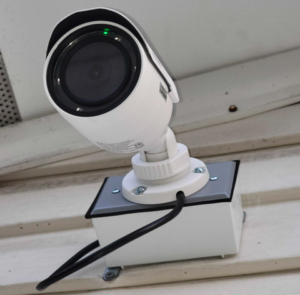How to Stay Secure in 6 Easy Steps
We’ve all experienced it — you see the Nextdoor post about break ins around your neighborhood, or the broken glass outside the business down the street from yours. There is some suspicious activity going on around you, and while this can be a scary thought, there are some simple things you can do to help prevent your business or home from becoming the next target. We chatted with our team of local experts to come up with some practical security tips.
Invest in a security system. The whole purpose of a security system is to help should your property ever be targeted for theft, vandalism or other suspicious behavior, right? According to the FBI’s annual crime report, there were more than 1.5 million burglaries in the U.S. in 2016. The good news? That number is down over 25% from what it was in 2012. In a study at the University of North Carolina at Charlotte’s Department of Criminal Justice and Criminology from 2012, 60% of criminals surveyed said that an alarm presence would cause them to seek an alternative building. And if they discovered an alarm while attempting a burglary, more than half commented that they would vacate the property immediately.
Display your security company’s signs and stickers. This one goes hand in hand with investing in a security system. The same study from North Carolina noted that signs of increased security — like alarm stickers and signs from your security company, or surveillance cameras — were a deterrent when placed in windows, doors or yards where people can see them.
Keep your property well lit. Having good lighting, paired with keeping any bushes or trees near windows trimmed, can also discourage targeting due to lack of a convenient hiding place. No one wants the spotlight on them when they are up to something dubious, after all. According to a survey done by KGW last year of 86 inmates serving time for burglary in Oregon, homes with large bushes or trees and blind spots are ideal targets. Things like motion activated lights and 360 degree lighting coverage leave intruders nowhere to hide.
Know your neighbors. Make it a point to get to know the neighbors on your street. Better yet, form a neighborhood watch to keep an eye on the block and alert police if anything suspicious is happening. It also doesn’t hurt to give a trusted neighbor your contact information in case they see something odd happening around your property.
Consider video surveillance. Installing video cameras, motion activated cameras and video doorbells are all great ways to get an idea of what is happening on your property quickly, whether through a monitoring center like ours or through a convenient App on your phone. And researchers in that same UNC 2012 study found that nearly 40% of those involved with property theft said seeing a security camera would factor into their decision to go somewhere else.
Make sure you have an emergency contact list. One of the most forgotten security items is also one of the easiest! Make sure to update your emergency contact list for your alarm system on a regular basis, in case there is ever a situation when you don’t answer your phone when your alarm system is activated.




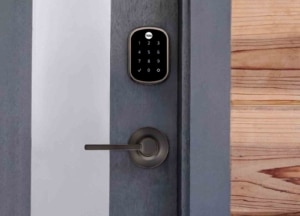
 y, which can help you save on energy costs.
y, which can help you save on energy costs.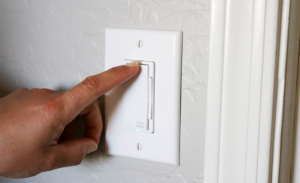 Color: white with a light almond paddle included
Color: white with a light almond paddle included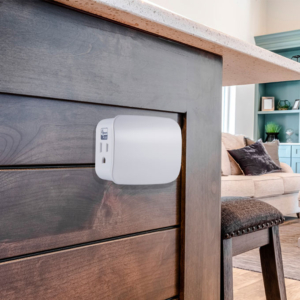

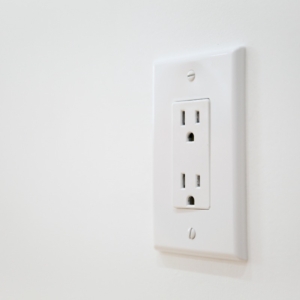 s provides the connected convenience modern lifestyles demand. The smart dimmers, switches, and outlets connect to a control panel to provide home automation from the Total Connect app, or to all popular voice assistants.
s provides the connected convenience modern lifestyles demand. The smart dimmers, switches, and outlets connect to a control panel to provide home automation from the Total Connect app, or to all popular voice assistants.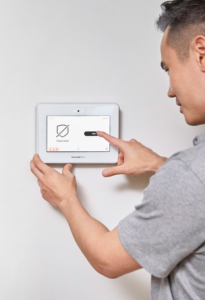
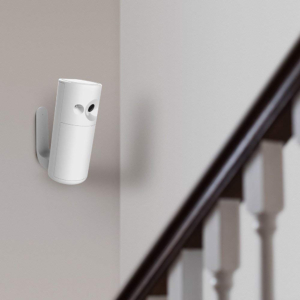
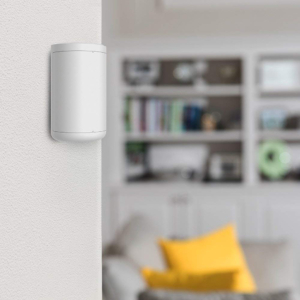

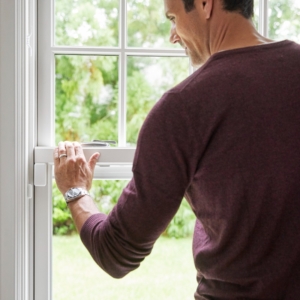
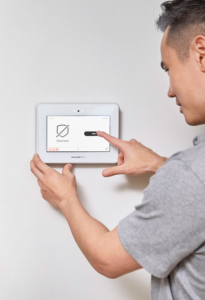 Backlit Display: Yes (times out after 5 Minutes when AC power is lost)
Backlit Display: Yes (times out after 5 Minutes when AC power is lost)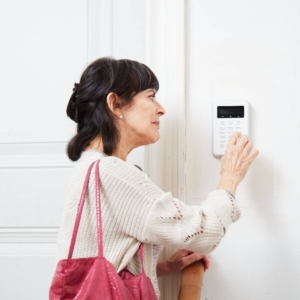 Backup Battery: 24-Hour, 7.2V, 6x600mAh, NiMH
Backup Battery: 24-Hour, 7.2V, 6x600mAh, NiMH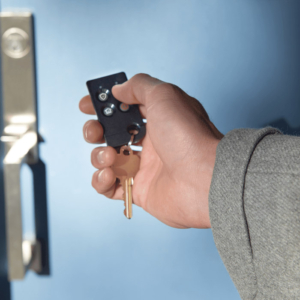
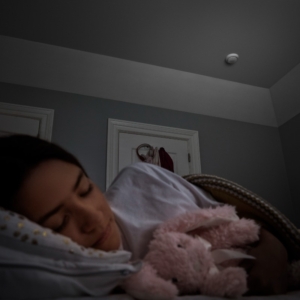
 Our smoke and carbon monoxide (CO) detector is a two-way, professionally monitored, wireless, combination smoke/heat and CO detector. More advanced than a standard battery-operated smoke detector, it provides true multi-threat detection and can react faster to real danger. Our combo detector also audibly announces the threat so young children and other family members know what to do.
Our smoke and carbon monoxide (CO) detector is a two-way, professionally monitored, wireless, combination smoke/heat and CO detector. More advanced than a standard battery-operated smoke detector, it provides true multi-threat detection and can react faster to real danger. Our combo detector also audibly announces the threat so young children and other family members know what to do.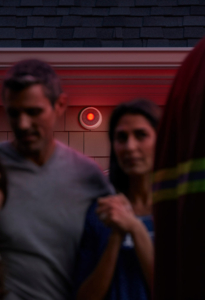
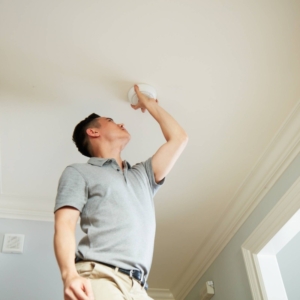 One-Go-All-Go: Yes
One-Go-All-Go: Yes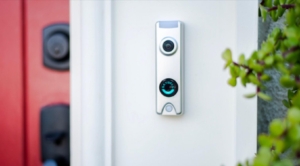
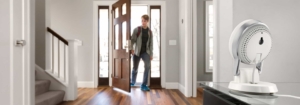 Image Sensor Type: CMOS
Image Sensor Type: CMOS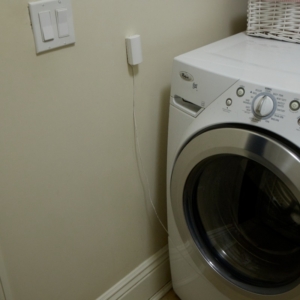 RF Frequency: 2:4 GHz
RF Frequency: 2:4 GHz